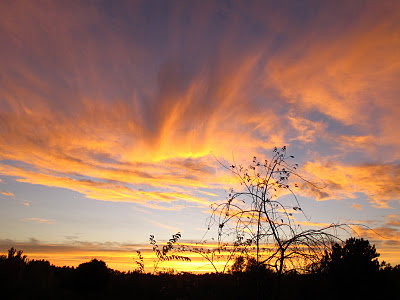The J-P is a no-frills SLR with the maximum shutter speed at 1/500 second. It does not have TTL metering (that came out with the TL-Super in 1967), but it does have an attachment point for a clip-on external meter that couples to the shutter speed dial. The cloth horizontally-traveling shutter is pretty standard for its time. The lens is an AutoYashinon 5cm f/2. While there is no cold-shoe or hot shoe for the flash, there are two PC contacts for X-sync and FP flashbulbs. After I played with the camera a bit more, I realized that the frame indicator dial was stuck at 33, and the self-timer did not work. Oh well, I decided to run a roll of somewhat expired XP-2 film through it. It took a bit of getting used to having the shutter button on the front of the camera, but overall, the camera was fine after I got used to its few quirks. I took it to downtown Ann Arbor and also up to the UP in early October. Here are a few resulting shots:
Jorie at the shore near Christmas, MI.
The Neutral Zone in Ann Arbor - a place for teens to hang out and be creative.
Things go better with Coke.
Rocks and water.
I basically used the "sunny-16" exposure guide for shooting with the camera, as I often did not have an external meter with me. Based on my experience with this Yashica, I am tempted to try a TL-Electro if I ever see one at a cheap price. The lenses in these Yashicas are excellent, and despite the seeming awkwardness of the shutter button (note that there is a reason why they are usually on the top deck of the camera), the camera worked fine for its age and condition. For those with a penchant for M-42 lenses and cameras, the Pentax Spotmatics are not the only game in town. There are a number of good to great SLRs from others that can often be had for the price of a meal at a fast-food restaurant. Scary. They were not cheap when they were introduced, and if you get one in good working order, it'll take photos just as well as anything else you can find.














